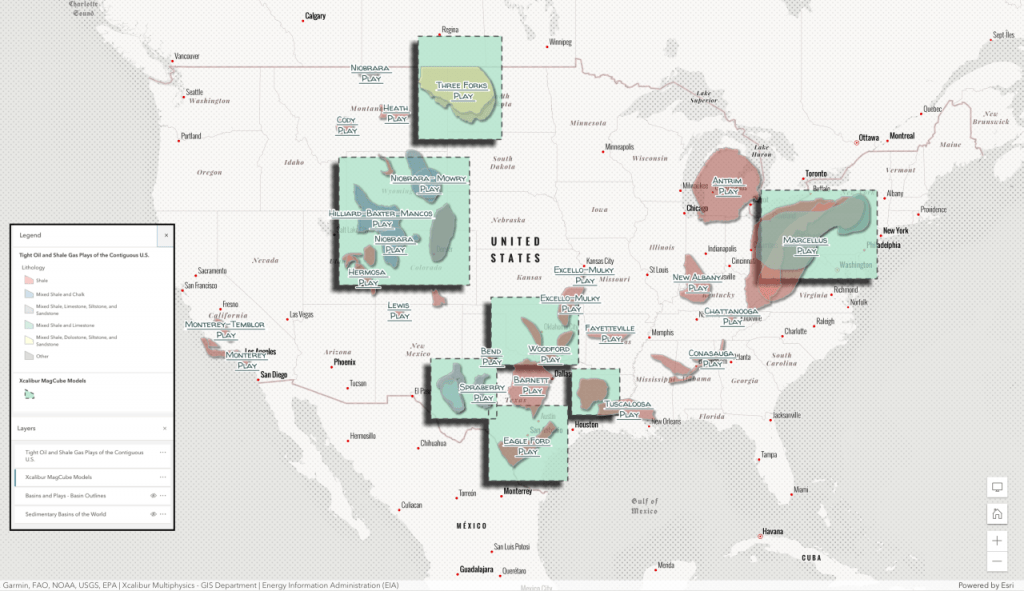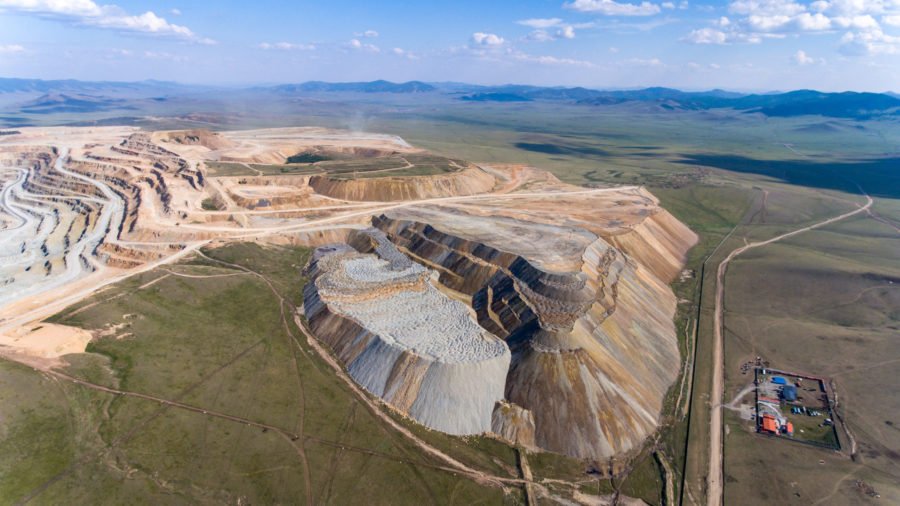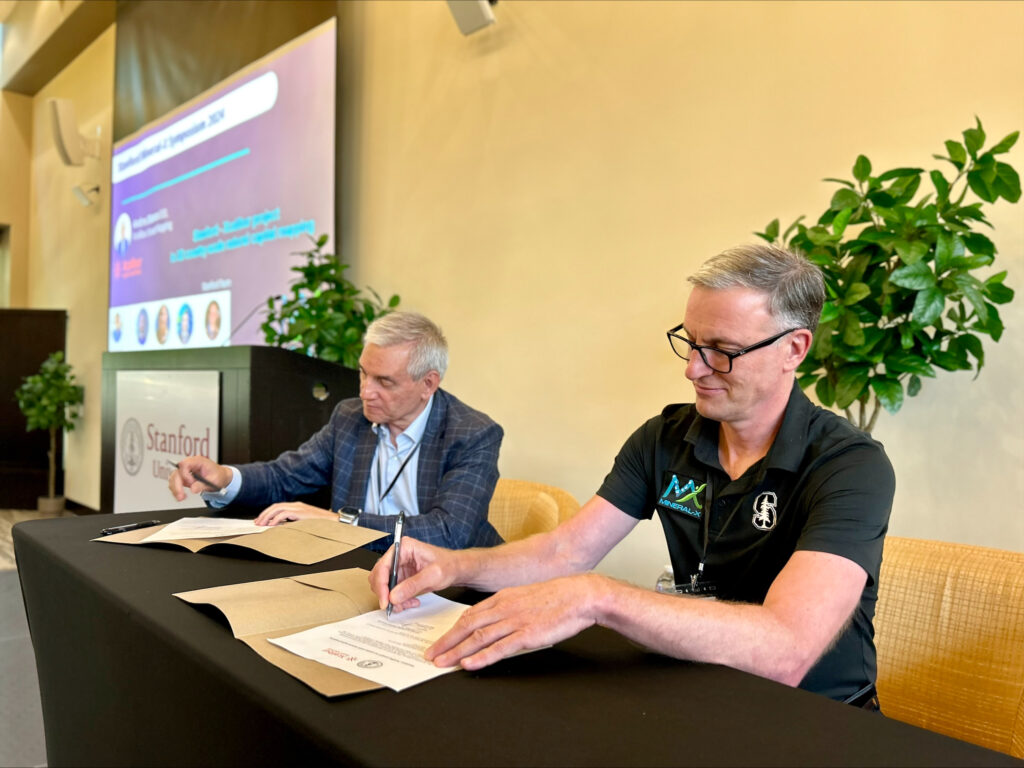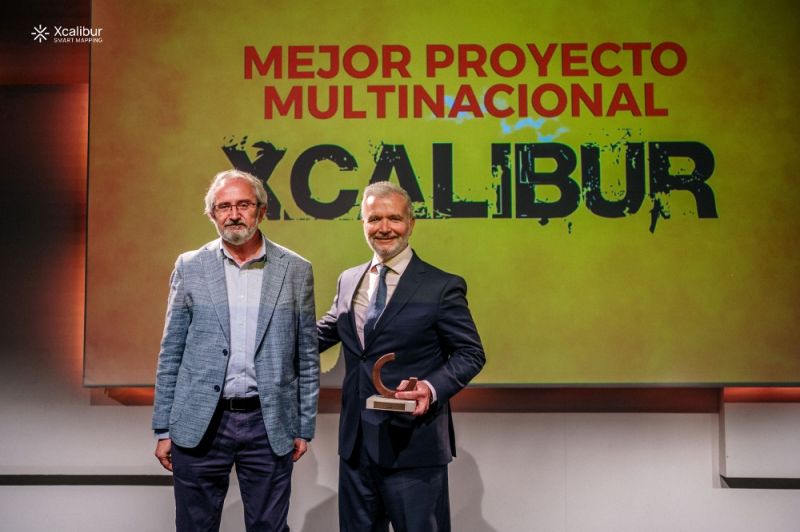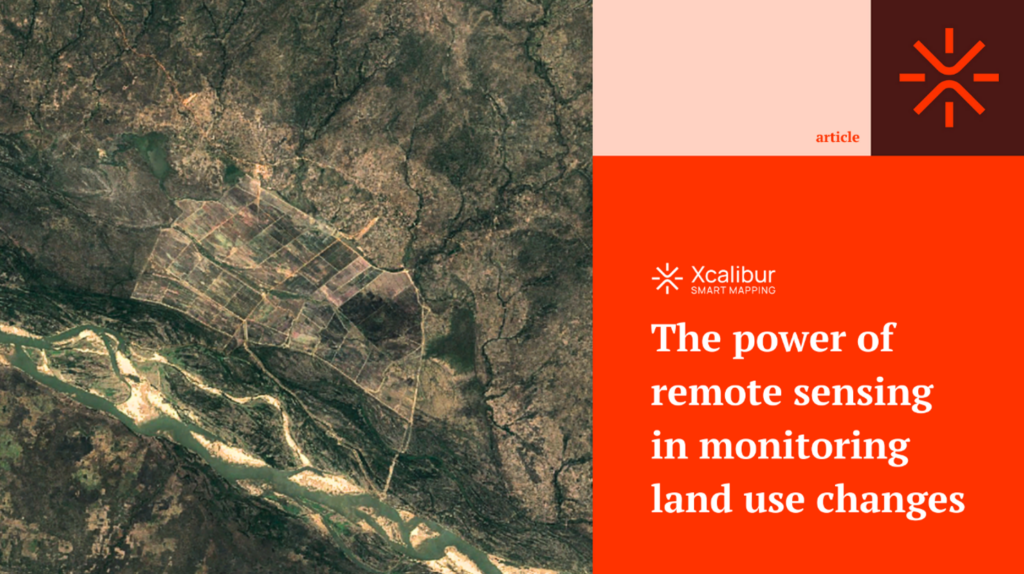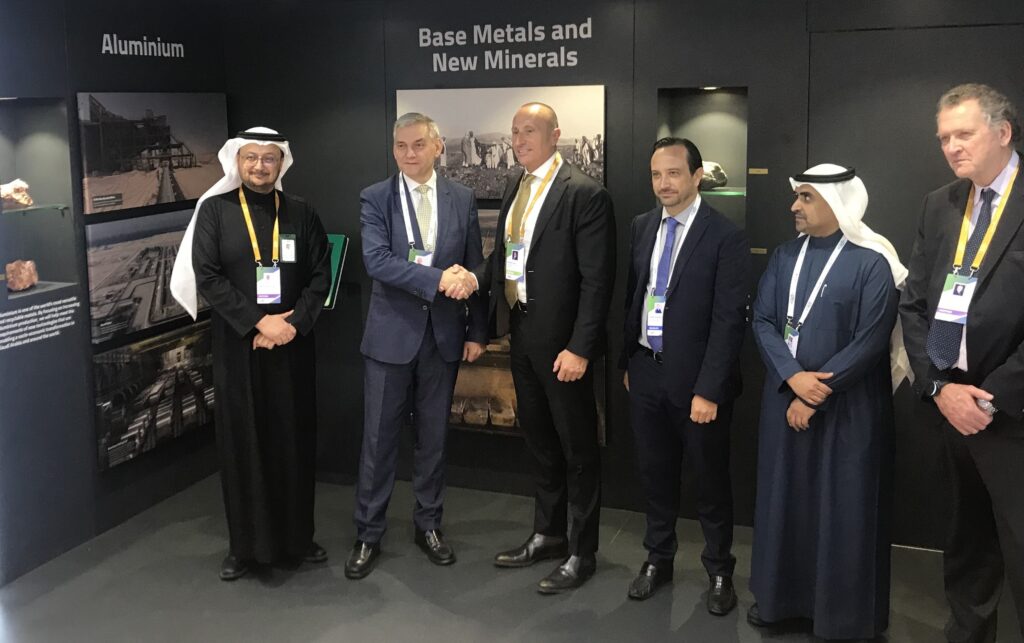Hydrogen Tech Redefines Geoscience’s Role in Energy Future
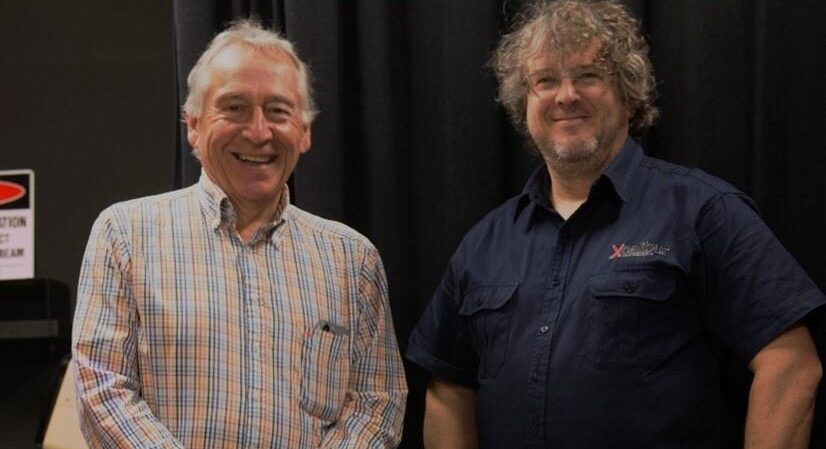
Leading the Way: Hydrogen Detection Instrument Driving Geoscience’s Energy Transition and Natural Capital Mapping Agenda
The Hydrogen Mapping Airborne Spectrometer H-MAS will mean a beforeand after in the approach and understanding of hydrogen as an energy source.
Xcalibur Multiphysics, a leading innovator in advanced technology solutions, is pleased to announce a 12-month research agreement in collaboration with Curtin University of Technology to develop an instrument for the long-range detection of hydrogen.
This partnership represents a significant step forward in the quest to harness clean energy sources and combat climate change. H-MAS, short for Hydrogen Mapping Airborne Spectrometer, is poised to be a ground breaking tool that will allow for the reliable, rapid, and remote detection of low concentrations of atmospheric hydrogen.
Hydrogen is increasingly recognized as a clean and abundant energy source, andnaturally occurring hydrogen is seen as a valuable adjunct to large scale generation.
The detection and mapping of these natural resources is the primary motivation forthis project. The transition to hydrogen will not be without hazards, and the technology developed will also be valuable for the remote detection of hydrogenleaks from large scale storage and production facilities or pipelines.
The development team comprises Professor Charlie Ironside, who has over 30 years of experience in semiconductor optoelectronics research, Emeritus Professor MervynLynch, with 60 years of experience in remote sensing research, and Dr Jacob Martin,whose expertise in ultrafast laser spectroscopy will be extremely valuable. Complementing this group is Andrew Lockwood, from Xcalibur Multiphysics, who brings 30 years of applied geophysics research to the team.
Xcalibur Multiphysics aims to play a pivotal role in the pursuit of a just energy transition, and its commitment to advancing hydrogen detection technology aligns with the urgent global transition toward sustainable and secure energy sources.
In words of Andres Blanco, CEO of Xcalibur Multiphysics: we firmly believe that responsible mapping of natural resources is the corner stone of a more sustainable global economy.
With our commitment to H-MAS, we are entering an era where our perception of hydrogen within the current energy landscape will under go a profound transformation, bringing us closer to realizing our vision of a greener, more sustainable future.



